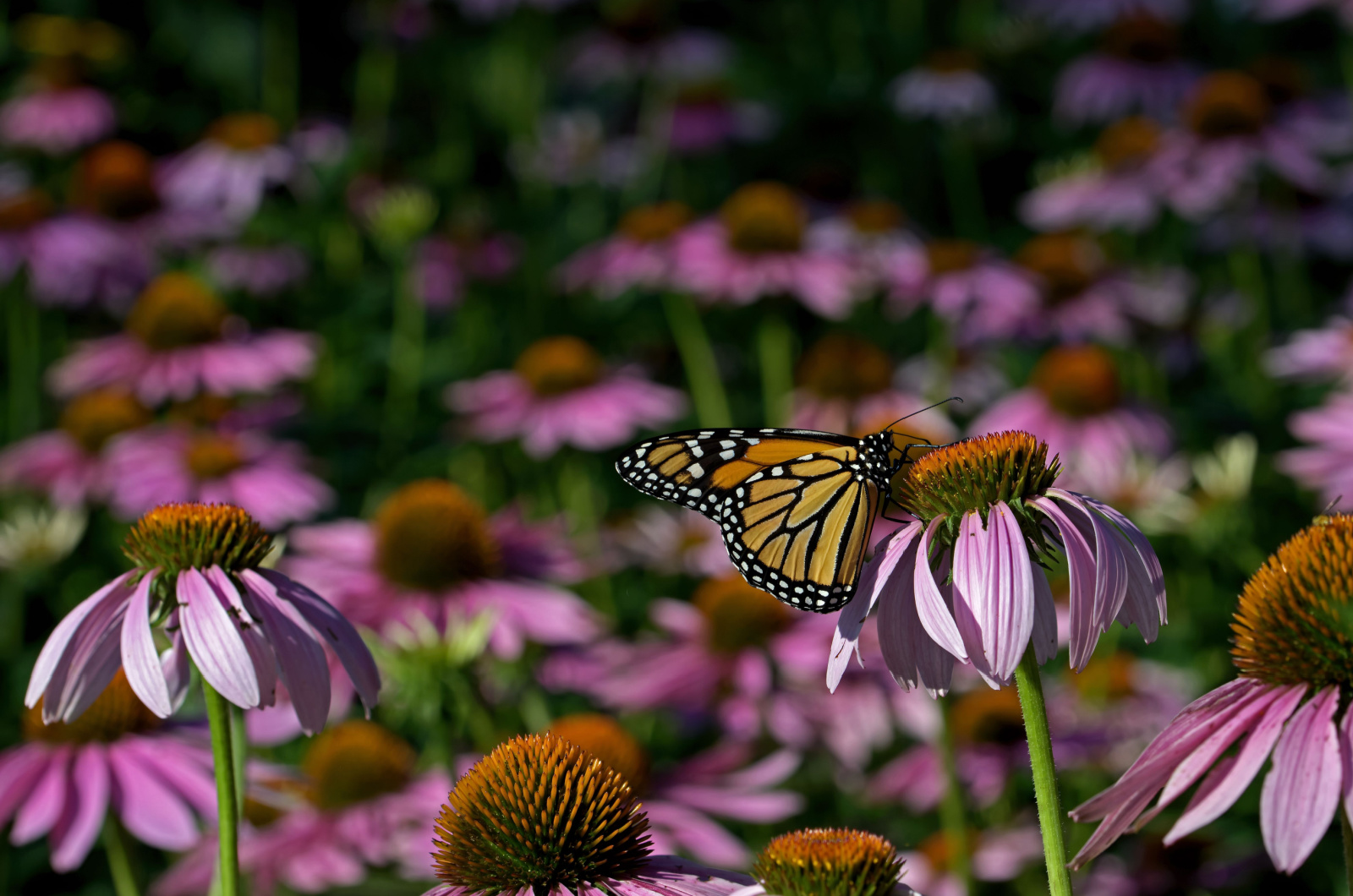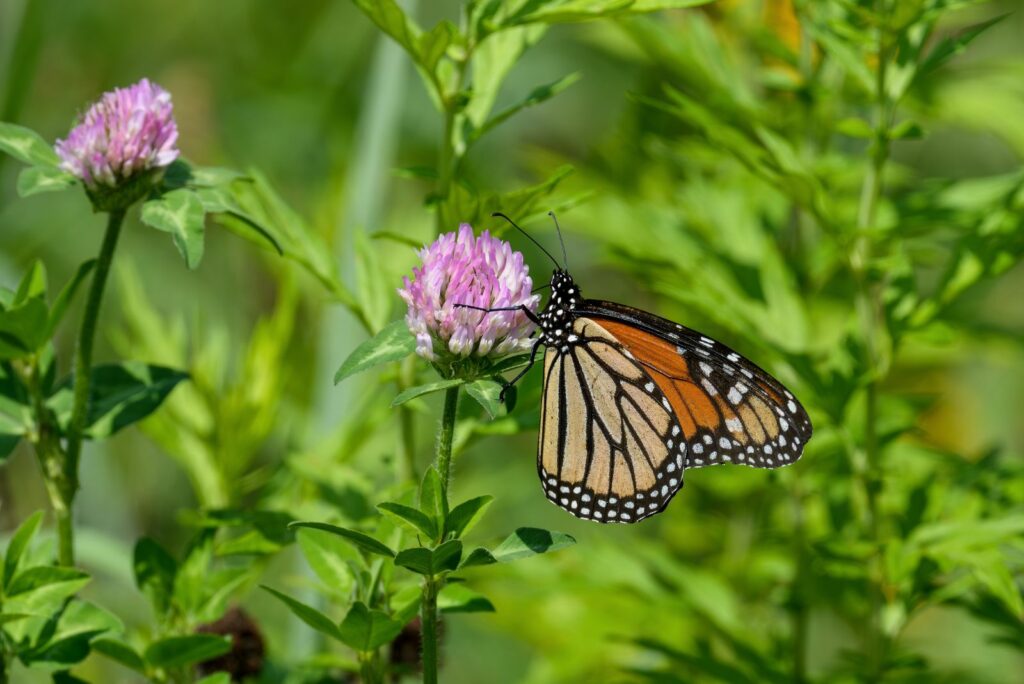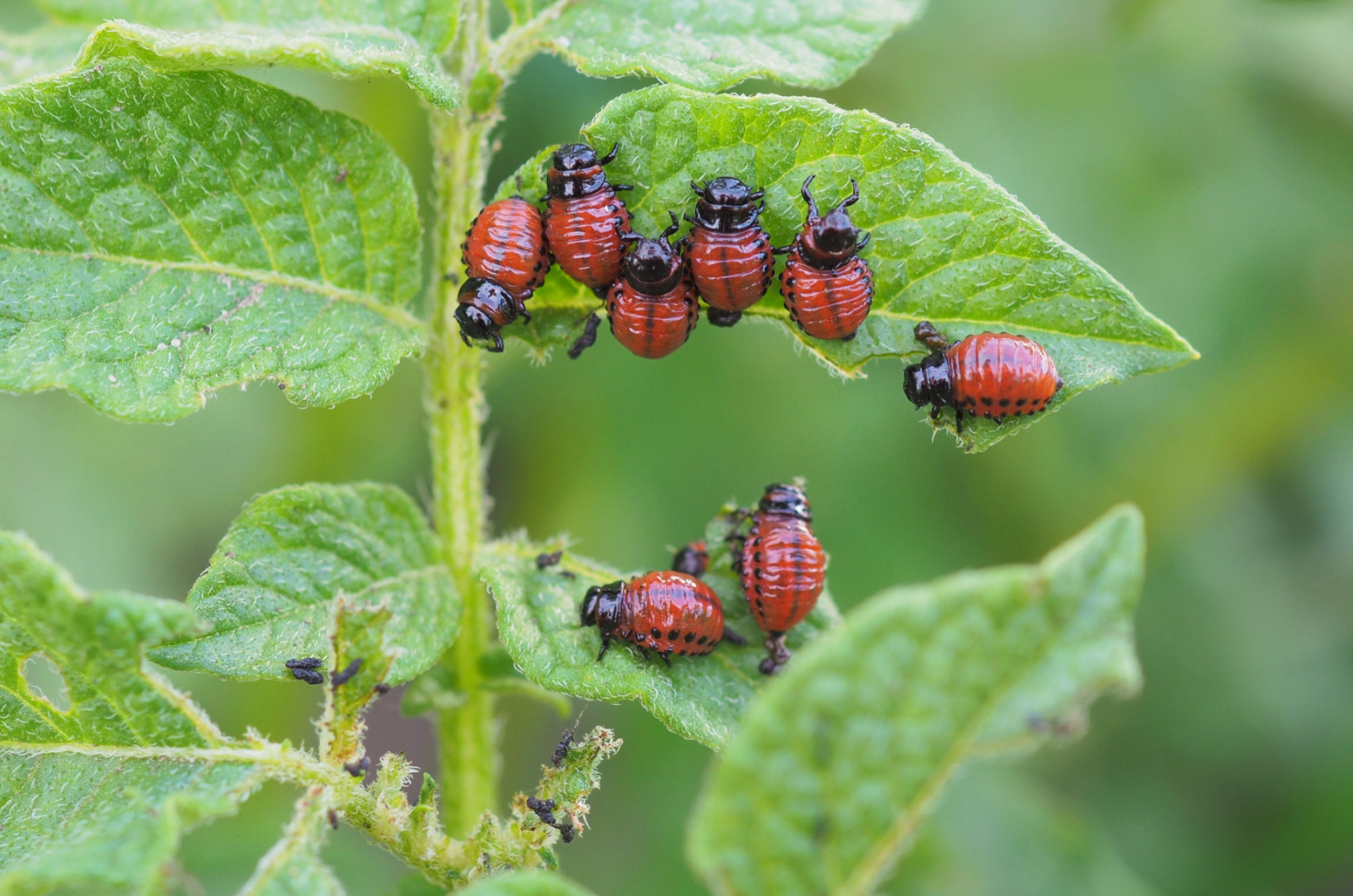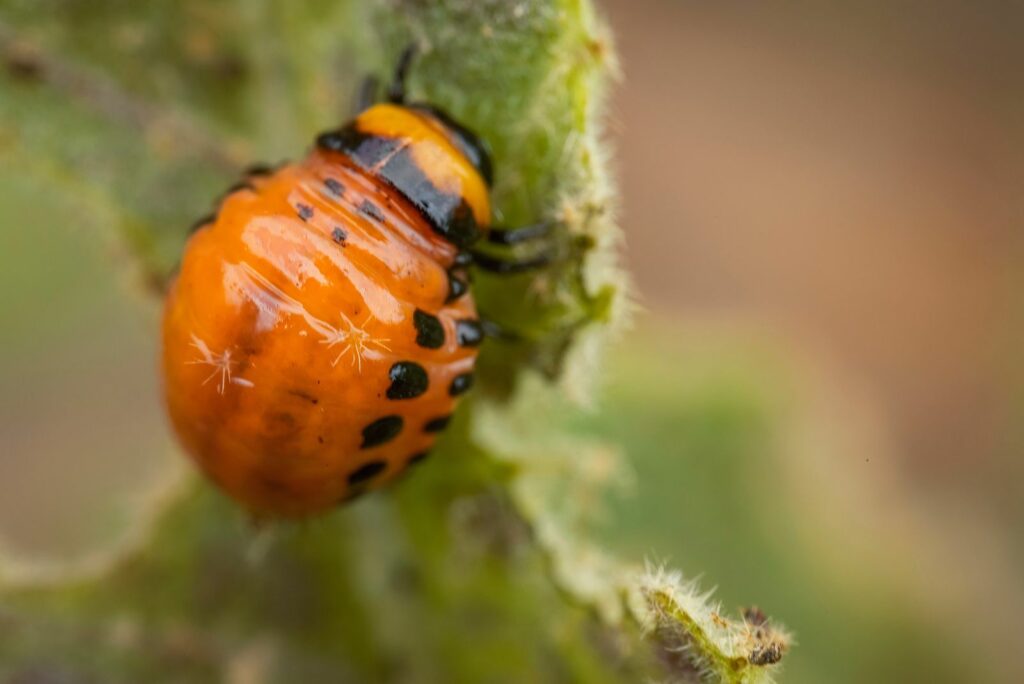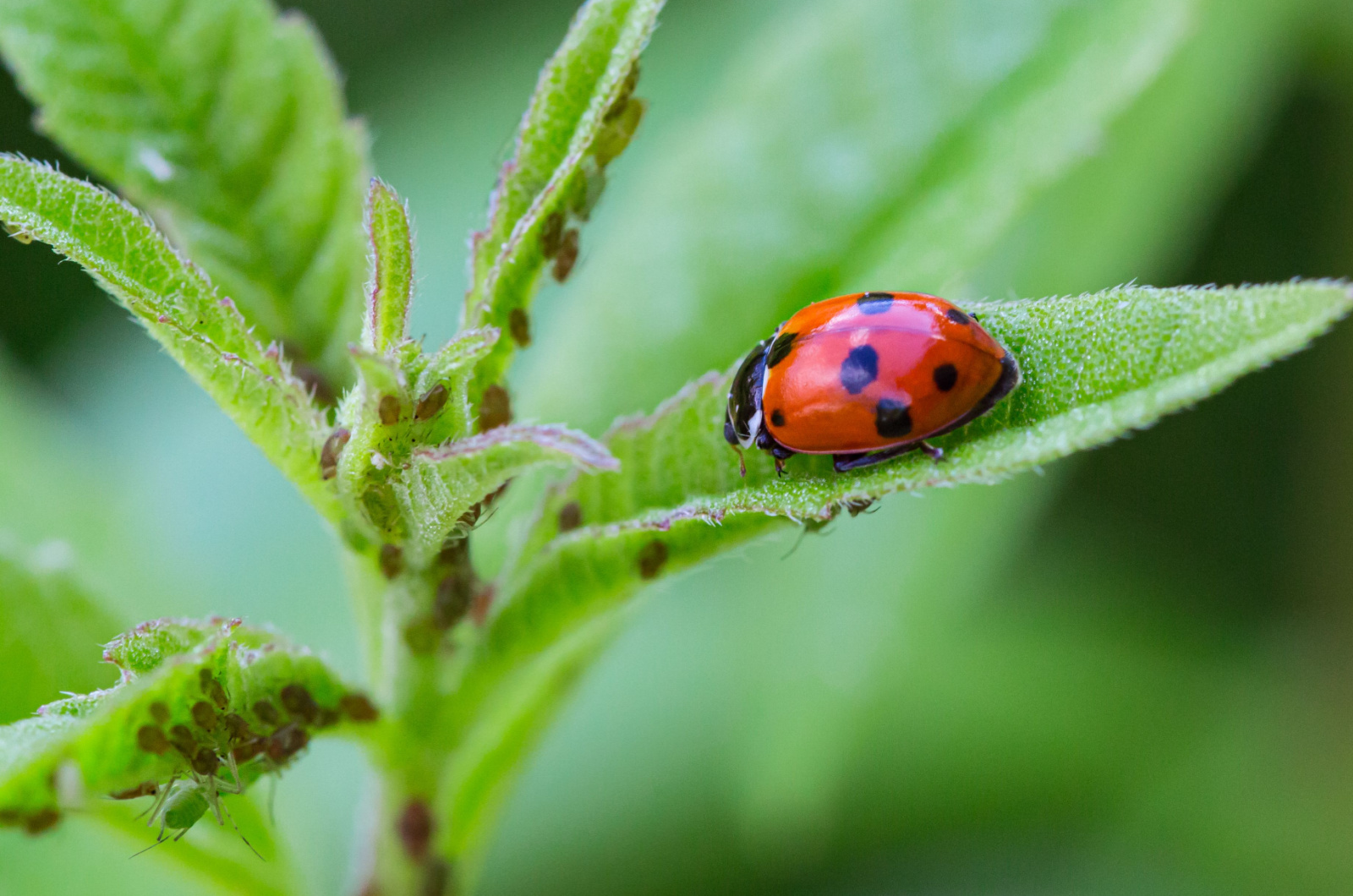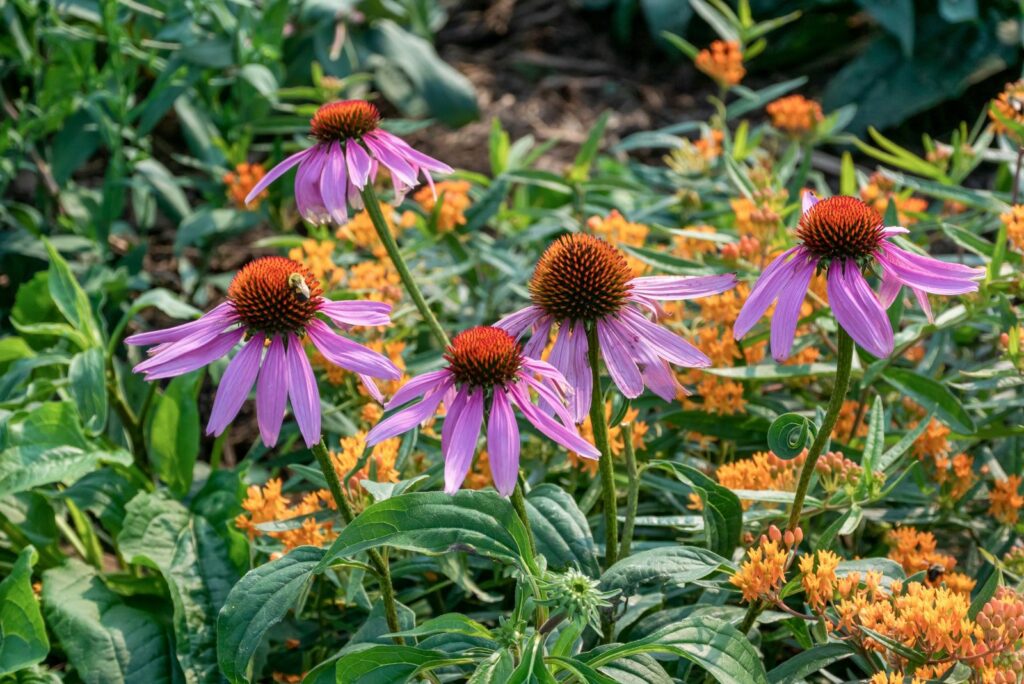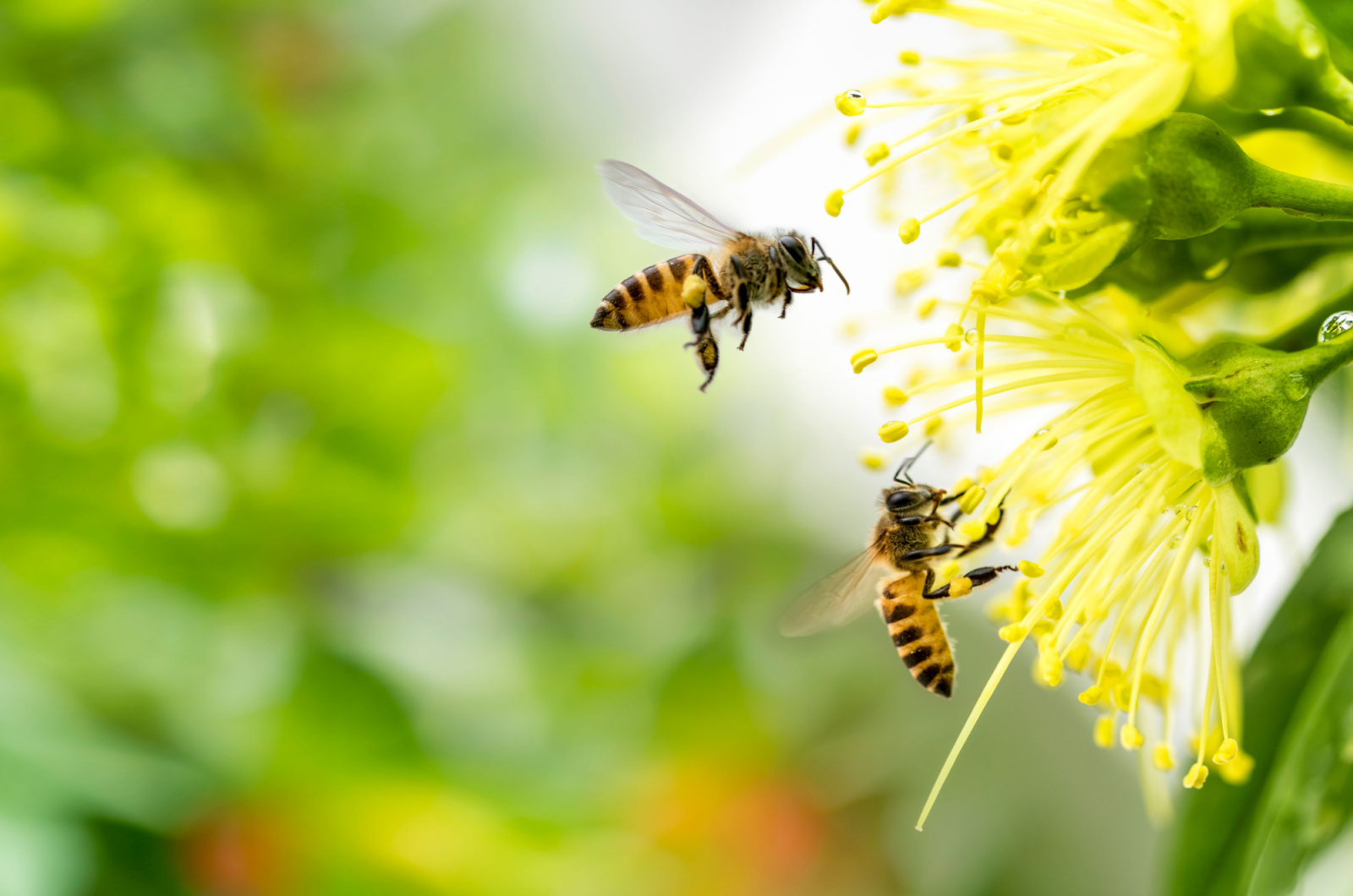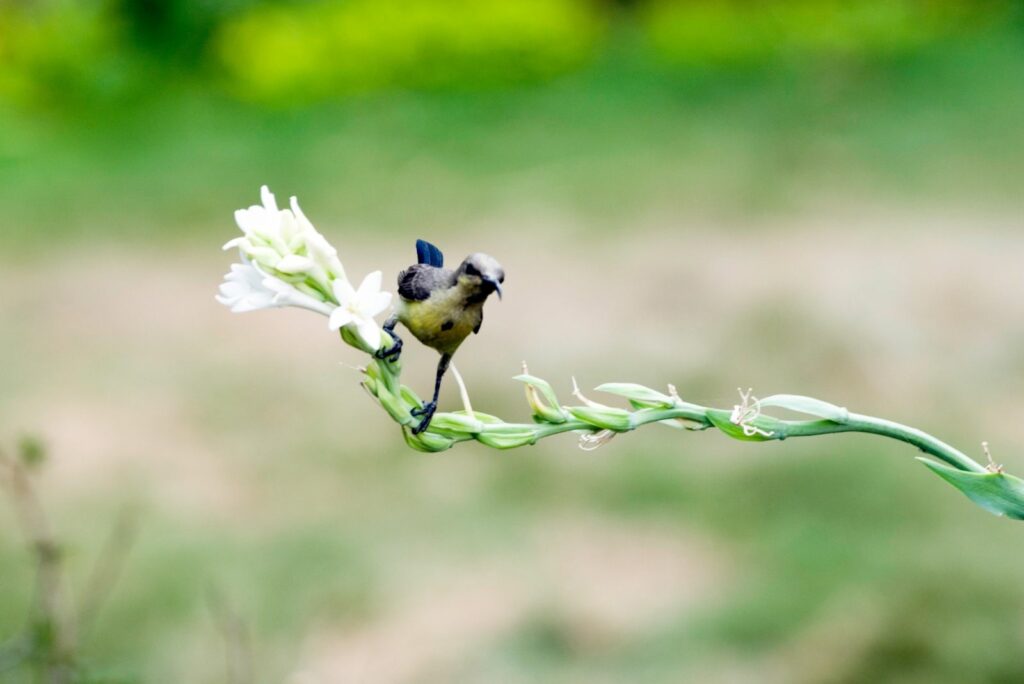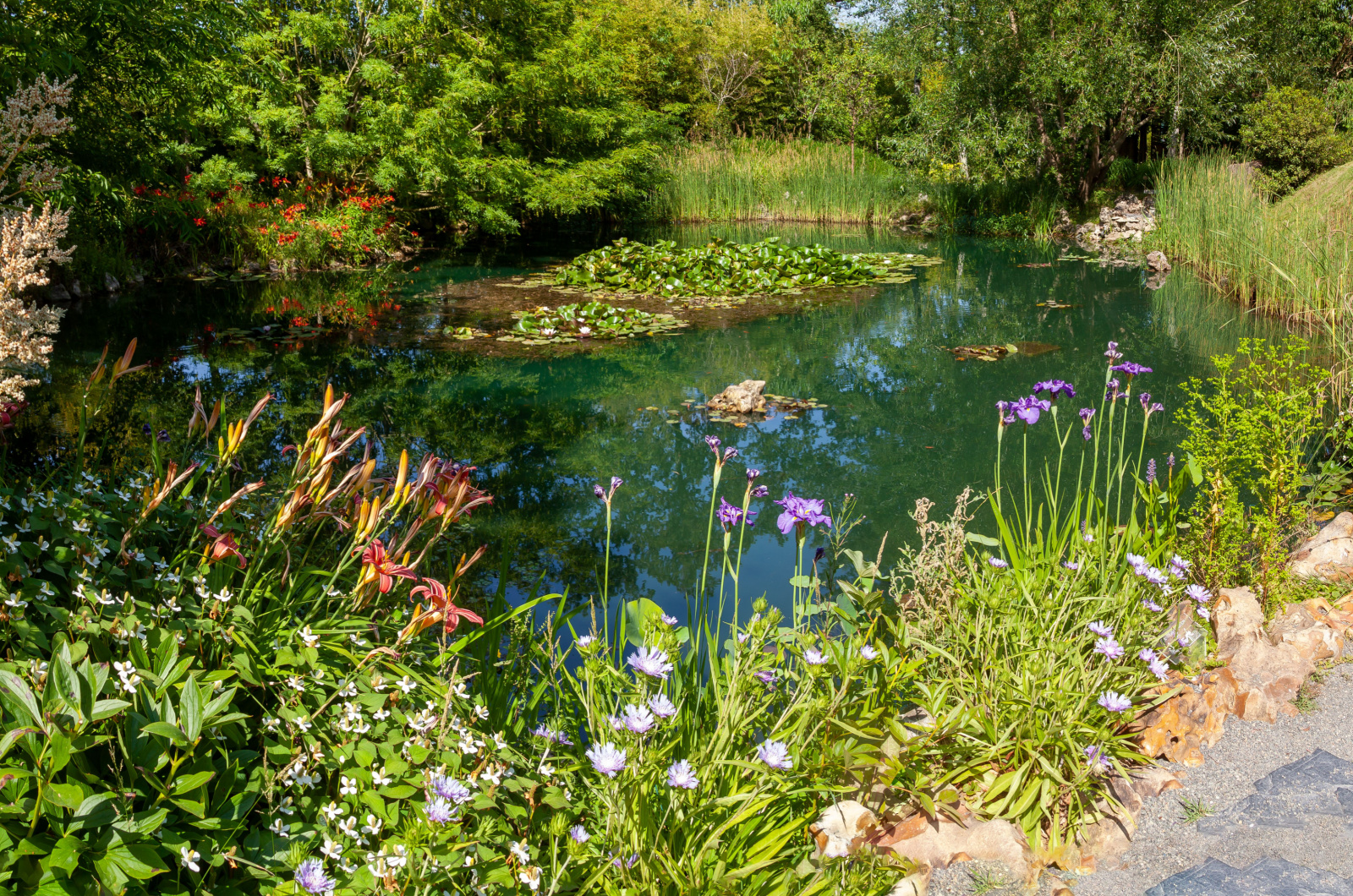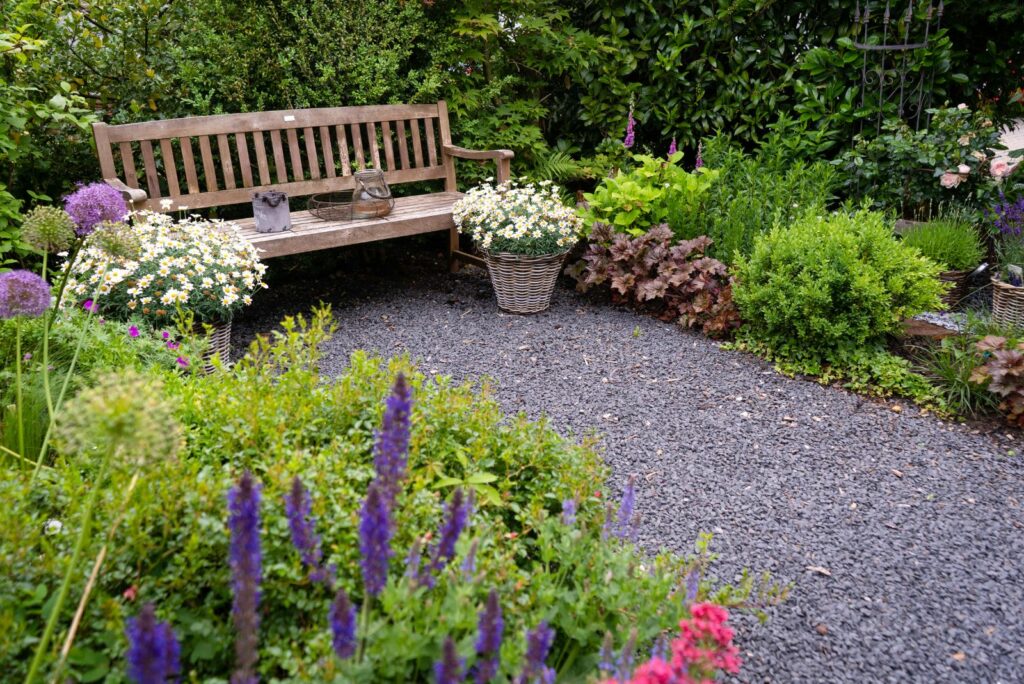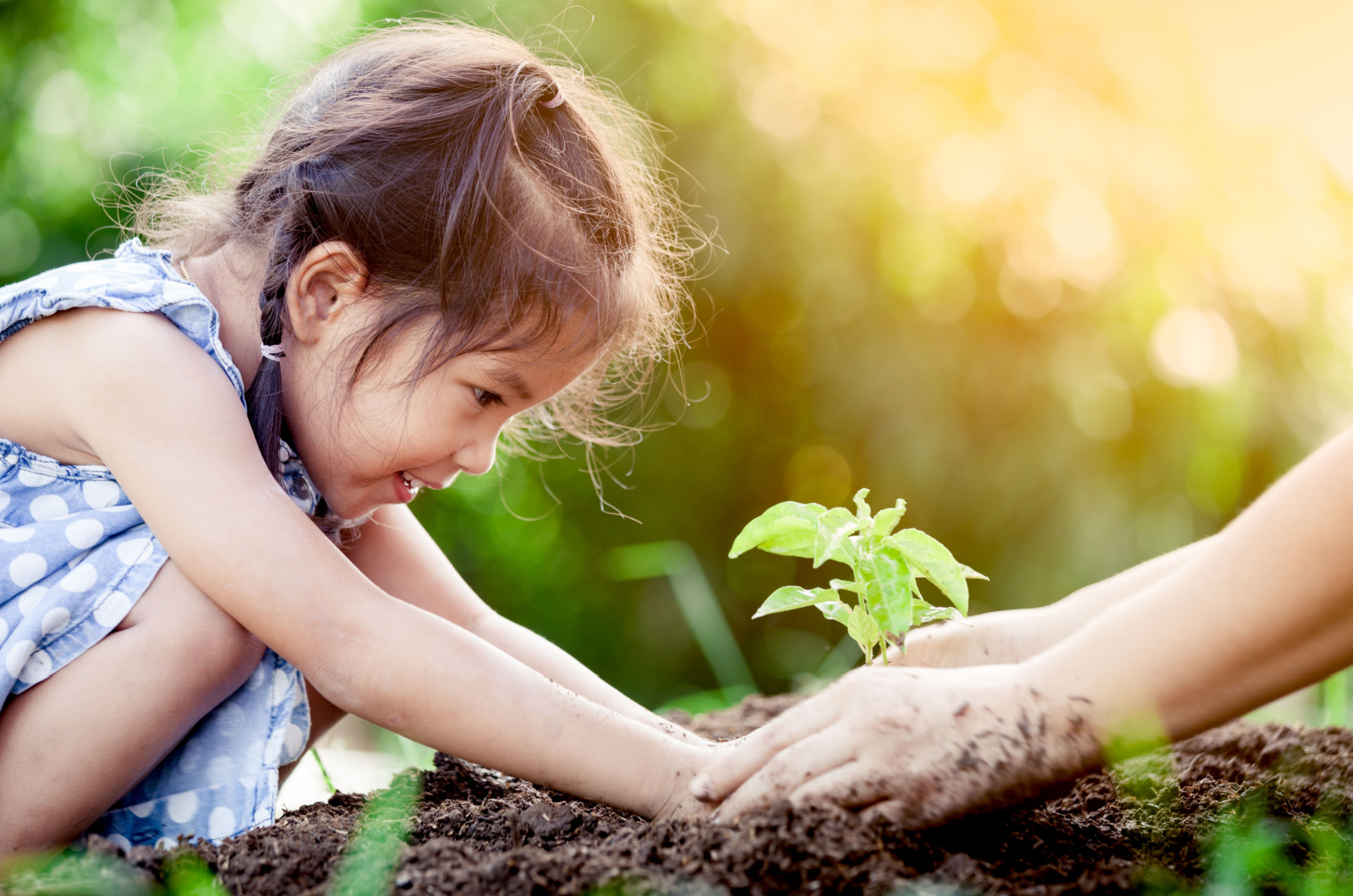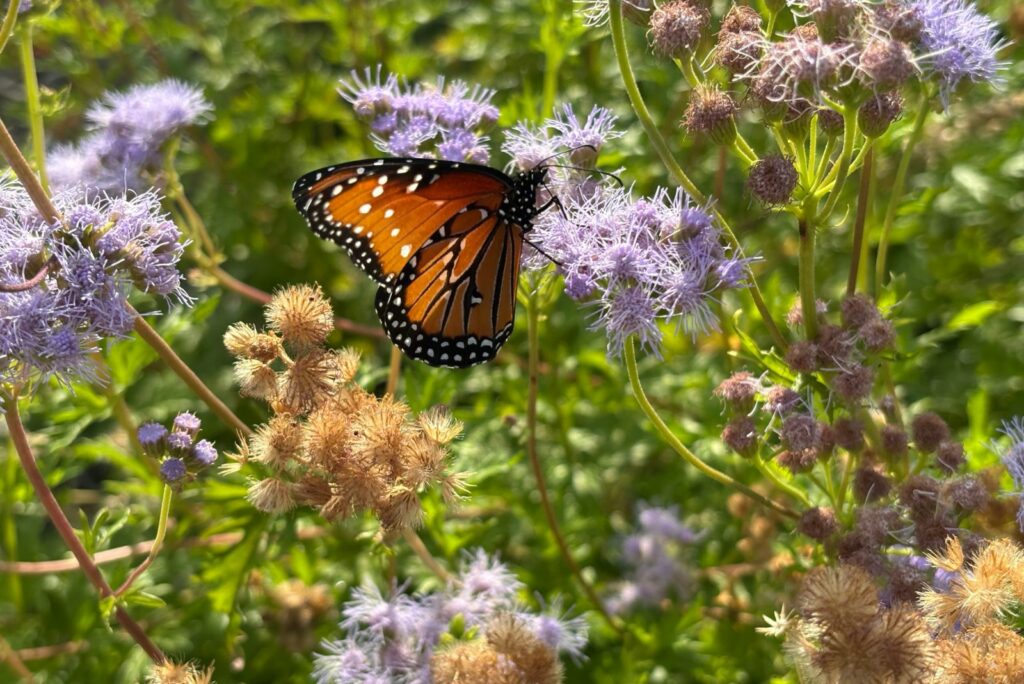In today’s world, where more and more ponds, forests, and native plants are disappearing, it is important to do as much as we can to save the environment and preserve it for the ones who come after us.
And that doesn’t have to be some gargantuan undertaking, but a simple thing such as planting more native plants in your backyard.
Loss of natives through agricultural development, construction, and overtaking of ecosystems by invasive and non-native plants leads to diminished numbers of insects, which are vital for a better tomorrow.
Therefore, planting native plants could save the environment, and here’s how!
How Plants Impact Insects And Wildlife
According to the comprehensive research of 73 reports, researchers found that the numbers of butterflies, moths, bees and their relatives, beetles, dragonflies, and damselflies are declining. (1)
A shocking number of insects are disappearing more than ever, especially when you review the study, which shows how US agriculture is 48 times more poisonous to bugs than it was 25 years ago. (2)
It might be difficult to get people to care about bugs and their diminishing numbers, but we desperately need bees for pollination, and many birds rely on insects as a food source.
However, it isn’t just increased toxicity that causes these plunging insect numbers. It is the lack of native plants, or rather the overtaking of their habitats by non-natives.
And that’s where we can help! Sure, there are plenty of parks and reserves that offer a habitat to these insects and birds, but that’s not enough. Planting native plants in your backyard can help biodiversity.
But why do these plants help so much?
Well, they use water, carbon dioxide, and solar energy to create food that sustains them and the rest of the life on earth, such as birds, cattle, etc. In other words, if animals don’t have access to this food, then you don’t have animals, and ecosystems crash.
But that doesn’t mean plant anything we see fit. For instance, eucalyptuses are fast-growing trees that have become naturalized in many parts of the world. For that reason, they’ve been massively planted, but they don’t support insects as well as some other species.
Therefore, it is important to discover which plants bugs prefer and plant those varieties to provide food and habitat for them.
How To Discover Which Plants Bugs Prefer
There have been quite a few garden experiments that proved how most native bugs prefer native plants as their main food source.
In one research, native plants, non-native plants from the same genus, and non-native plants with no relation to the natives were planted close together. Douglas Tallamy and his colleagues discovered that non-natives hosted significantly fewer butterfly and moth caterpillars than natives. (3)
Why Insects Don’t Like Non-Natives
Natives are top lawn plants for homeowners because they support local insects. But why can’t non-native plants do the same?
Let’s take milkweed and monarch butterflies as an example. This plant contains white sticky latex and cardiac glycosides, which can cause bugs’ hearts to stop.
But the caterpillars of monarch butterflies adapted to this a long time ago and can tolerate the effects of milkweed much better than some other insects, which is why they can eat it.
And such specialization isn’t unique to monarch butterflies. Many insects have their preferred plants. They’ve developed mechanisms that help them cope with certain plants’ defenses, which is why they can’t switch that quickly from eating natives to non-natives.
The plants from other continents or regions haven’t been here long enough for bugs to adapt to them. And unlike the adaptation to pesticides, which occurs rapidly, it takes many years for insects to adapt to new host plants.
Can They Still Use Them?
However, not all non-native plants are out of the question. Many specialist insects already have predispositions for consuming plants from the same family.
Therefore, it is not surprising that if a bug feeds on plants from the carrot family, it can easily nibble on parsley and dill.
In fact, one study showed that herbivore insects will expand their hosts to exotic trees if they are planted in a larger area and if the natives from the same genus are in the same location. (4)
However, that’s just host expansion, not switching. In order for an insect to alter its host, it needs to develop new adaptations to be able to feed on it, and that takes time, which is not enough to prevent their decline. (5)
The State Of Insects In Today’s World
Insects are necessary for proper functioning of ecosystems and biodiversity. For instance, ladybugs could save the world as they feed on herbivore insects such as aphids, reduce the need for pesticides, help with pollination, etc.
And yet, there’s been a reported decline in aquatic, ground, and flying insects all over the world. This does pose a danger to biodiversity because these bugs have numerous services for their respective ecosystems and communities. (6)
There are many reasons for this according to D. Wagner, the author of this research. The spread of agriculture, development, climate change, and atmospheric nitrification.
However, the spread of invasive and non-native species also benefits the plunging numbers of insect populations.
How The Loss Of Native Plants Contributes To Insect Decline
It depends from area to area. For instance, if you find yourself in agricultural zones or plantations where all native plants have been removed, loss of natives greatly contributes to insect decline.
However, if you’re in a residential area with huge landscapes, then it depends on homeowners. They can choose to plant native or non-natives, which will affect their local ecosystem.
It also depends on the use of chemical pest control and mosquito foggers, which harm all insects in the vicinity, not just the targeted ones.
But it’s not just non-natives that cause this insect decimation. One of the biggest reasons for insect decline is light pollution. Artificial lights at night (ALAN) interfere with insects’ life cycles, migrations, feeding, reproduction, and predation. (7)
Luckily, there is something you can do to help. For instance, when you turn on lights at night, they attract nocturnal insects, such as the moths that create caterpillars which carry the food webs. These bugs fly around, die from exhaustion or burn on light bulbs.
Therefore, turn off those lights, use less chemicals, and plant some native plants to help keep insects alive and ecosystems functioning.
Difficulty Of Getting People To Understand The Importance Of Bugs
I know that not many people like insects, but the truth is that they are the foundation our ecosystems lie on.
And even if we don’t like bugs, most of us like birds, and many of them rely on insects as their food source.
Therefore, it may be difficult to get homeowners to understand the importance of insects at first, but once they hear about their importance for virtually everything that occurs in their gardens, most of them change their minds.
Pollination, pest predation, and bird feeding and reproduction – it all rests on the shoulders of these tiny critters.
How Insects Support Birds
Bird numbers have dropped by almost 30% in the US (that’s 3 billion birds gone). (8)
However, insects are a crucial food source for birds and can sustain them and reduce these numbers. Of course, not all bugs support birds in the same way.
Caterpillars are obviously the best choice because they are huge and nutritious, requiring only a handful of them to satisfy smaller birds.
Of course, birds can feed on aphids, but it takes more than 200 of them to equal one caterpillar and all it does for the bird.
Additionally, there are plenty of beetles in our gardens, but they wouldn’t be the first choice of bird food.
These winged creatures prefer soft caterpillars and not the indigestible exoskeleton, which is the larger part of beetles.
How To Increase Biodiversity In Your Yard
There are numerous ways to increase biodiversity in your garden. For instance, one of the benefits of more trees in your yard is biodiversity, but it’s best to choose native species that will support insects.
Subsequently, planting native flowers in your garden will support caterpillars and they will be an excellent food source for birds and underpin the food web.
Of course, it may be difficult to identify them, but there are lists of native plants available online, so you can look them up and find those suitable for your region.
Another thing you can do is reduce your lawn area and replace it with ground covers that will support insects.
If everyone would just cut their lawns in half and replace them with natives, the biodiversity would explode. Of course, we can’t make people do that, but we can show them an example and do it in our own yards.
Reducing Water Consumption And Growing Natives
There are many drought-resistant plants you can grow to reduce the amount of water you have to use for them. And if you find some native to your region, you might not have to irrigate them at all because they’re already adapted to those conditions.
Find ground cover varieties and replace a part of your lawn with them. California is already offering benefits for replacing your turf with drought-tolerant plants by excluding rebates for lawn replacement from state income tax. (9)
Some states may not offer this initiative, but you can still plant wildflowers instead of a lawn to help biodiversity and your local ecosystem.
Teaching Children About The Importance Of Biodiversity
This might not seem like an obvious choice where ecosystem and biodiversity needs are concerned, but it may have an incredible impact on the future.
Nature-oriented books for middle and high school students can help, but educating them at home about the importance of insects and environment may have a greater impact.
Take them with you to pick apples, plant potatoes, or simply look at a vegetable plot, orchard, or flower garden in the evening when all their work is done so they can understand the importance of it all.
Teach them that nature isn’t dangerous if they care for it and that it will reward them if they give just a little in return.
You can educate them on climate change and all the things they can do to cope with it. Container gardening, becoming volunteers at local parks and preserves – there are many steps they can undertake to help nature thrive.
And if you live in a city, you can adopt a tree and – with your kids – plant some natives for caterpillars to grow in.
Replace your lawn with a walkable ground cover, mow it less frequently, and consider rewilding your garden to support insects and wildlife. Include your children into all these activities, they’ll like them. I know I did!
Native Gardening Movement
Don’t be frightened with all these numbers and statistics. The native garden movement has really taken off, and the next step is taking it viral.
It is all about moving the responsibility towards individuals (and there are a lot of individuals out there). If every single one of them planted natives or supported the movement in any way they saw fit, insect decline would become a thing of the past.
We depend on healthy ecosystems and healthy ecosystems depend on us (and insects). Let’s help each other and create a world to be proud of!
References:
1. Sánchez-Bayo, F., & Wyckhuys, K. A. G. (2019). Worldwide Decline of the Entomofauna: A Review of its Drivers. Biological Conservation.
2. DiBartolomeis, M. et. al. (2019). An Assessment of Acute Insecticide Toxicity Loading (AITL) of Chemical Pesticides Used on Agricultural Land in the United States. PLOS ONE.
3. Burghardt, K. T. et. al. (2010). Non-Native Plants Reduce Abundance, Richness, and Host Specialization in Lepidopteran Communities. Ecosphere: An ESA Open Access Journal.
4. Branco, M. et. al. (2015). Host Range Expansion of Native Insects to Exotic Trees Increases with Area of Introduction and the presence of Congeneric Native Trees. Journal of Applied Ecology.
5. Tallamy, D. W., Narango, D. L., & Mitchell, A. B. (2020). Do Non‐Native Plants Contribute to Insect Declines?. Ecological Entomology.
6. Wagner, D. L. (2019). Insect Declines in the Anthropocene. Annual Review of Entomology.
7. Owens, A. C. S. et. al. (2020). Light Pollution Is a Driver for Insect Declines. Biological Conservation.
8. Rosenberg, K. V. et. al. (2019). Decline of the North American Avifauna. Science.
9. Office of Governor Gavin Newsom. California Is Making It Cheaper to Replace Your Lawn to Save Water and Save Money. (2022). CA.gov.


